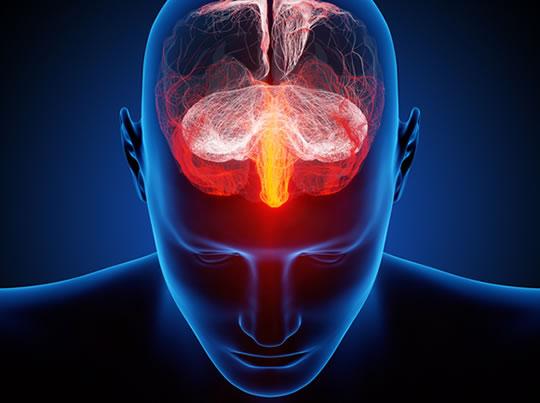
Lonely people quickly move to the edges of social networks — here’s why.
Loneliness makes the areas of the brain that are vigilant for threat more active, a new study finds.
This can make people who are socially isolated more abrasive and defensive — it’s a form of self-preservation.
This may be why lonely people can get marginalised.
Professor John Cacioppo, an expert on loneliness, speaking about an earlier study on the marginalisation of the lonely, said:
“We detected an extraordinary pattern of contagion that leads people to be moved to the edge of the social network when they become lonely.
On the periphery people have fewer friends, yet their loneliness leads them to losing the few ties they have left.
These reinforcing effects mean that our social fabric can fray at the edges, like a yarn that comes loose at the end of a crocheted sweater.”
The new research, conducted by Professor Cacioppo and colleagues, compared the brains of lonely and non-lonely people.
Both were hooked up to an EEG machine to measure the electrical activity around the brain.
They were shown a series of words, varying in how social and positive they were.
The brains of lonely people were quicker to spot words related to social threat — such as ‘hostile’ — than non-lonely people.
In fact, lonely people were more on the look-out for words with negative connotations in general.
This could be an ancient defence mechanism to help us survive, the authors argue:
“Fish on the edge of the group are more likely to be attacked by predators, not because they are the slowest or weakest, but because of the ease of isolating and preying upon those on the
social perimeter.As a result, fish have evolved to swim to the middle of the group when a predator attacks.”
Behind this is an evolutionary theory, they say:
“Being on the social perimeter is not only sad, it is dangerous.
Our evolutionary model of the effects of perceived social isolation (loneliness) on the brain as well as a growing body of behavioral research suggests that loneliness promotes short-term self-preservation, including an increased implicit vigilance for social, in contrast to nonsocial, threats.”
The study was published in the journal Cortex (Balogh et al., 2015).
Brain illustration image from Shutterstock



